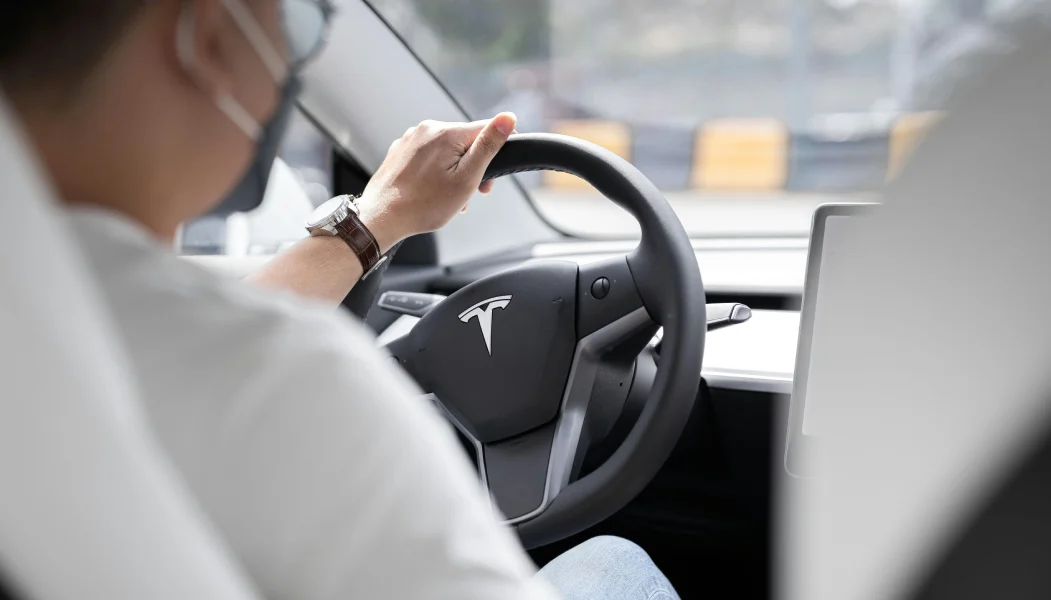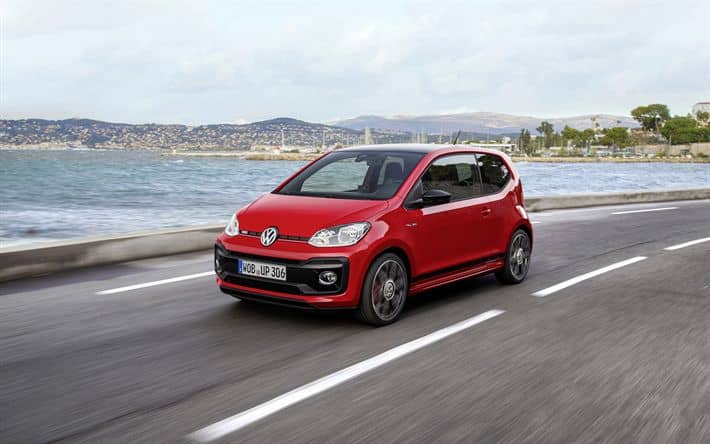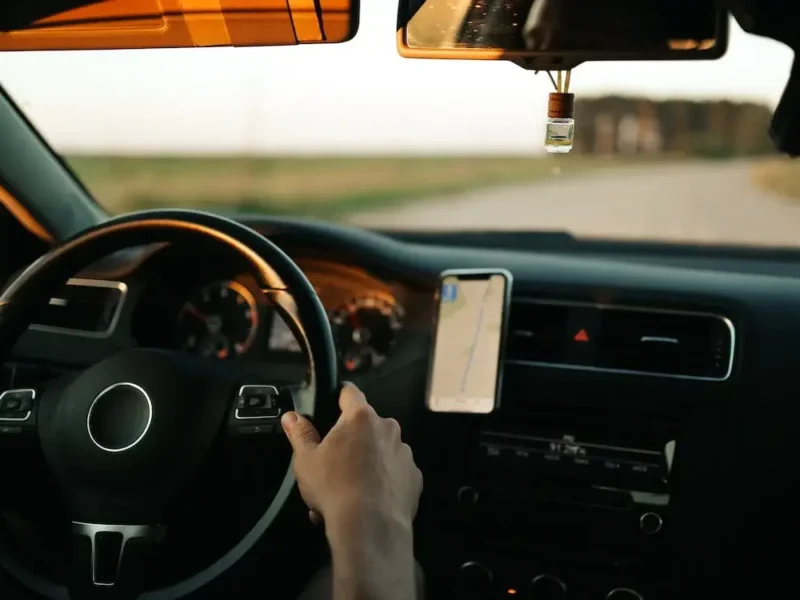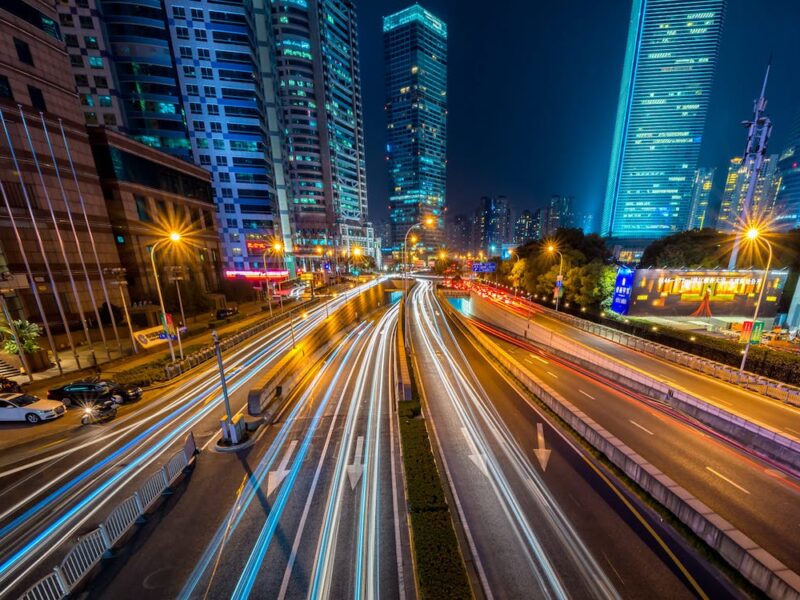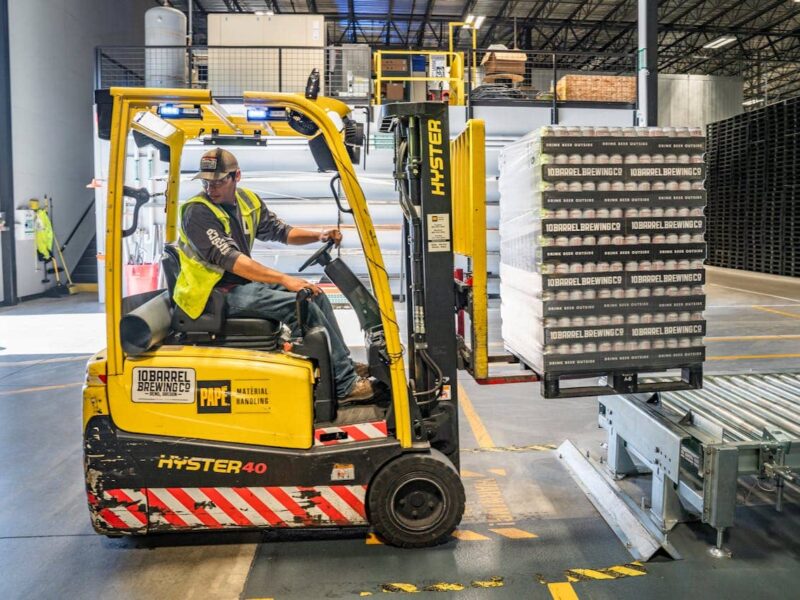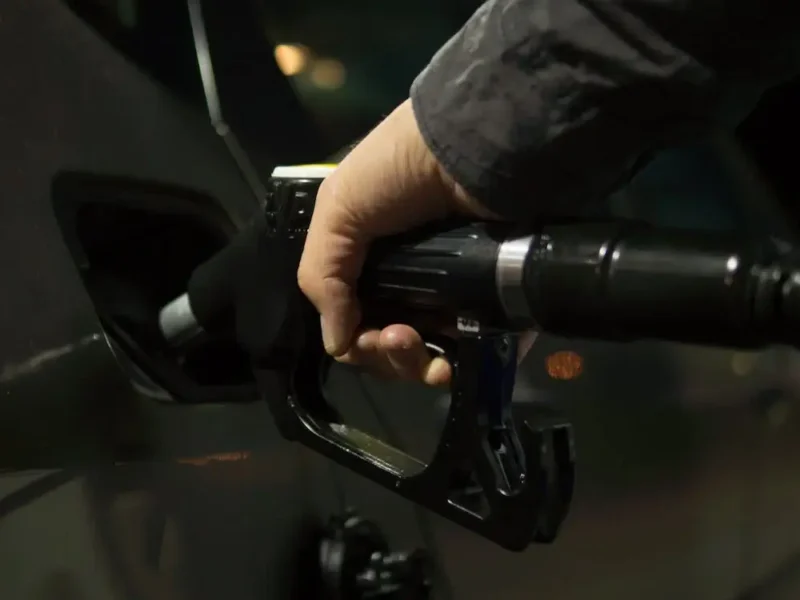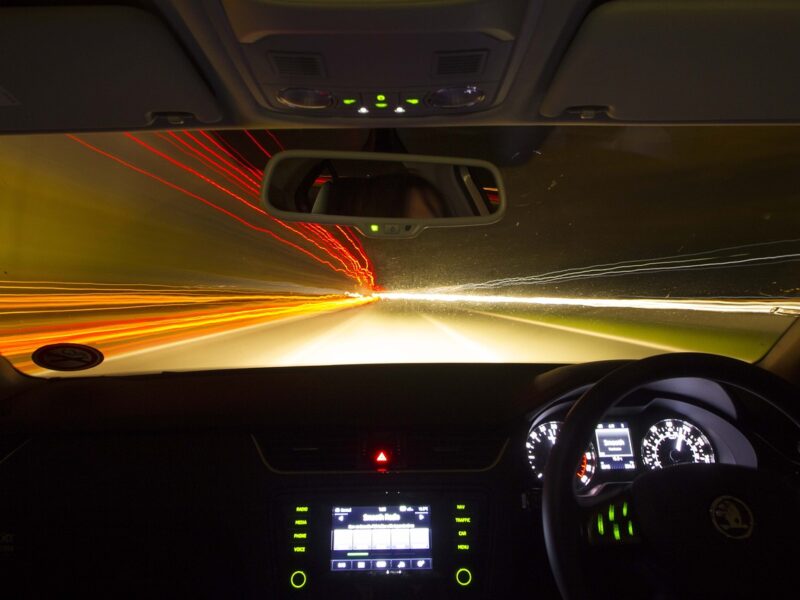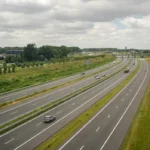The Future of Self-Driving Cars – Our Infrastructure in 10 Years’ Time
You might hear the following more and more in the news, self-driving vehicles. A bus without a bus driver, a train without a driver and even a car without a driver. This is a development that is currently moving super fast. But what exactly does the future of self-driving cars look like and how will it affect infrastructure?
What are we going to notice about our daily rides?
Should you travel a lot by public transport, you may be transported by a bus, train or tram, but without a driver. This ensures, that there are fewer staffing problems and your ride by public transport may be more frequent than it is now. This greatly increases people’s mobility, especially in remote villages. Also, your taxi rides can consist of a system without a taxi driver.
Are you not dependent on public transport? Then the development of self-driving cars could still start to have an impact. Tesla, for instance, already has a feature where you don’t have to drive yourself. This goes on autopilot, but you have to touch the wheel every few seconds.
Assuming that this technology keeps developing itself, there may just be cars without steering wheel or pedals.
What does Self-Driving Transport in the Netherlands currently look like?
In the Netherlands, self-driving vehicles have already been cautiously introduced in public transport and the taxi industry. On Wageningen University’s campus, for example, an autonomous shuttle runs on a fixed route without a driver.
In addition, shuttles transporting passengers between car parks and main entrances are being tested at places like Schiphol Airport and the High Tech Campus in Eindhoven. Although these initiatives are still in the testing phase, they offer a promising glimpse into the future of autonomous public transport in the Netherlands.
The impact on Infrastructure
Developing self-driving cars is fascinating, but equally important is the infrastructure that makes these vehicles possible. Think roads with special sensors, smart traffic lights and adapted lanes. Indeed, self-driving cars need more than a lane, they require an environment that can ‘communicate’ and support them. But what does such an environment look like? And what do we all need to change? A lot has to change for an efficient and sustainable future of the Dutch infrastructure.
Smart Roads and Sensors
In the coming years, we expect roads to become a lot smarter. This means building sensors into the asphalt that communicate with vehicles. What exactly do these sensors do? Imagine if they could detect road conditions, such as slipperiness or potholes, and relay that information directly to cars. Self-driving cars could then react immediately, reducing the risk of accidents. And because data is shared in real time, road maintenance can be planned more efficiently.
Smart Traffic Lights
Another important aspect is traffic lights. How often do you already stand at a red light unnecessarily? Smart traffic lights that work together with autonomous vehicles could make traffic flow much more smoothly. This would also mean reduced traffic jams, which not only saves travel time but is also good for the environment through lower emissions.
Specific Lanes for Autonomous Vehicles
Wouldn’t it be ideal if self-driving cars had their own lane? In the future, we can expect dedicated lanes for autonomous vehicles. These ‘smart’ lanes would be equipped with technology perfectly suited to self-driving cars. This not only ensures safer and more efficient traffic flow, but also gives other road users space to get used to the idea of self-driving cars.
How Self-Driving Cars Collaborate
A fascinating advantage of self-driving cars is their ability to work together. Because they are constantly connected, they can alert each other to traffic situations or unexpected obstacles.
This is known as vehicle-to-vehicle communication. It makes the road not only safer, but also faster. Such cooperation, for example, allows them to drive closer together without risk, contributing to fewer traffic jams and more efficient traffic flow.
What Challenges Lie on the Road?
But such a transformation also brings challenges. Developing the technology is one thing, but what about legislation and ethical questions? Who is responsible in an accident involving a self-driving car? What about privacy? Governments will have to set strict rules, and the public will have to trust this technology. And, of course, these innovations cost tons of money.
